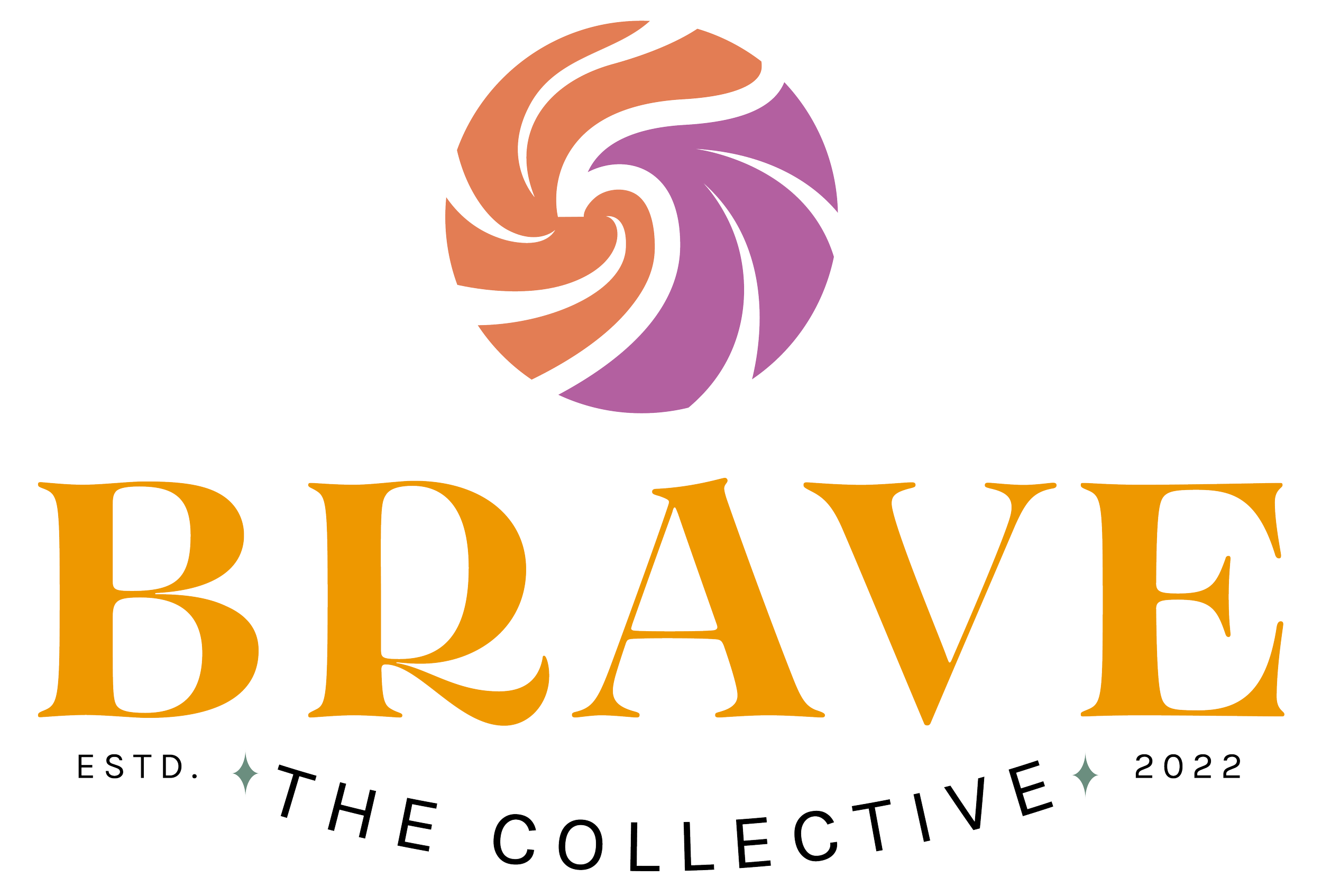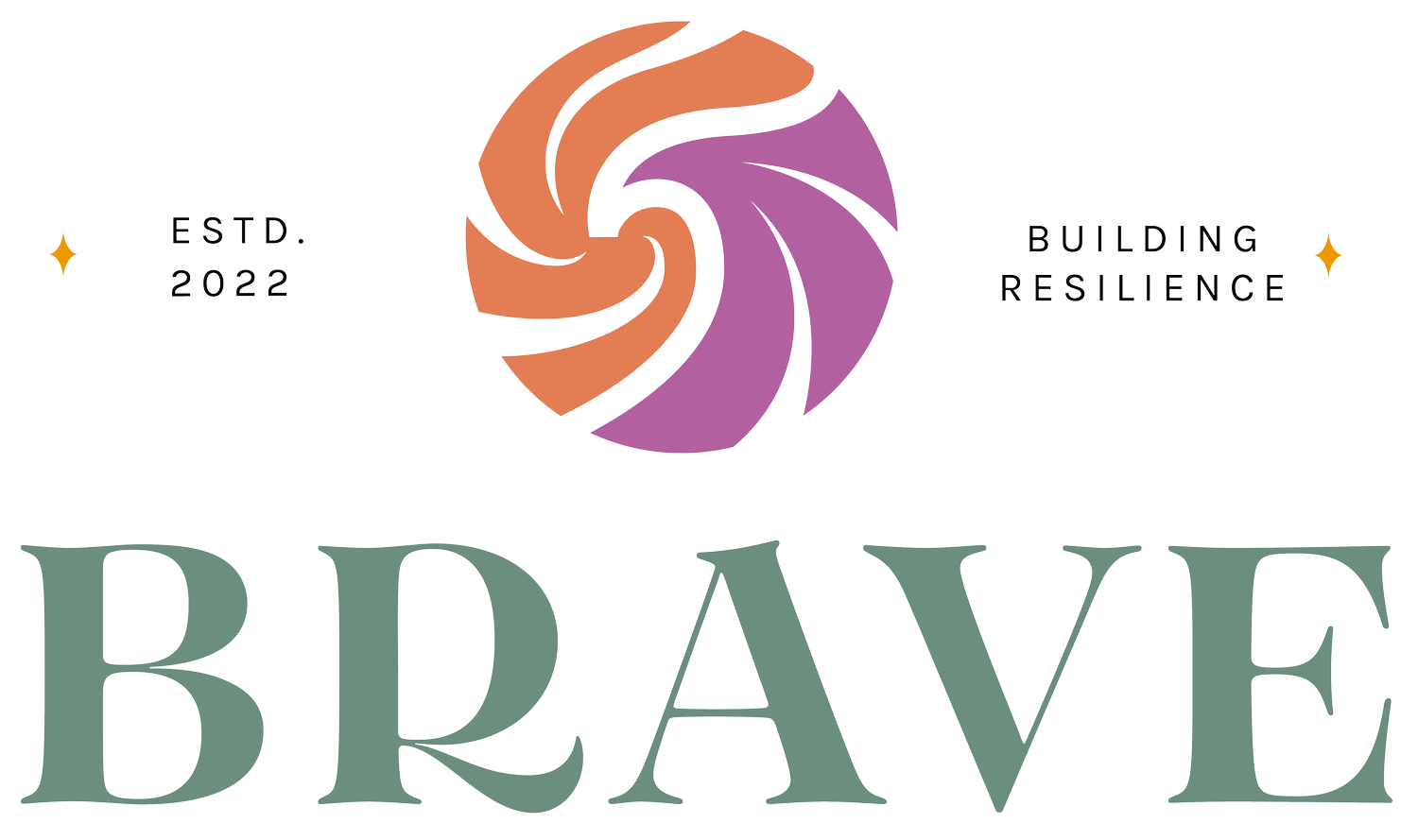The BRAVE Blog: Taming Vicarious Trauma
Looking for realistic and sustainable ways to manage Vicarious Trauma and prevent therapist burnout? We have all the tools and resources for you right here, so dive on in.
Therapist self-disclosure can feel risky. Maybe you’ve shared something in session and immediately wondered if you crossed a line or broke an ethical rule. The truth is, disclosure isn’t about always saying yes or no, it’s about discernment. In this post, I share a simple 3-part framework, examples of different types of disclosure, and how to navigate boundaries with clarity, ethics, and compassion.
We were taught to vanish if we saw a client in public — duck down the aisle, avoid eye contact, disappear. But real life doesn’t fit neatly into those rigid rules. In this post, I share a rainy encounter that reminded me why human-first boundaries matter, and how we can navigate content, disclosure, and life-as-human boundaries in ways that bring clarity, connection, and sustainability to our work as trauma therapists.
Therapy doesn’t exist outside of politics or social realities and neutrality isn’t neutral. As trauma therapists, we’re constantly navigating the messy middle between hiding behind a blank slate and risking imposing our own beliefs. In this blog, I share how we can practice the affirming anchor, a stance that honors our clients’ humanity without co-signing harm, and offer practical skills you can use in your very next session.
Have you ever cried in session and thought, “I just failed as a therapist”? You’re not alone. Many of us were trained to see tears as weakness, but what if our tears are actually a bridge, a way to deepen trust and presence with our clients? I share my personal story of crying with my clients and how it has shaped my career as a trauma therapist.
When a client dies, therapists carry a unique kind of grief, held in silence because of confidentiality and stigma. In this post, I reflect on an interview with grief specialist Khara Croswaite, LPC, about what it means to navigate loss as a therapist. We explore why the anxiety and hypervigilance that follow are normal, how to decide about funerals and rituals, what to do when families reach out, and how community can make healing possible.
Feeling numb in session or second-guessing everything you say doesn’t mean you’re a bad therapist, but it might mean you’re burned out. In this post, I share how to recognize the signs of disconnection, release your “professional armor,” and use tools like Watch the Fire to process vicarious trauma, prevent compassion fatigue, and stay human in trauma work.
If you’re bracing before every session like you’re stepping onto a battlefield, you’re not broken — your nervous system is doing its job. In this post, we’ll talk about how vicarious trauma shows up in the body, why white knuckling isn’t the answer, and how a simple somatic shift can help you stay present and grounded with your clients (and yourself).
What happens when you’re the one grieving — and still holding space for others? In this post, I share what it looked like to keep doing trauma work while grieving the death of my dad in early COVID. Not to offer a blueprint, but to open the conversation. Because our grief shows up in the room too. And that matters.
If traditional systems feel like pressure, you’re not alone. This blog reframes “system-building” as a trauma-informed, nervous system-safe practice — not a productivity project. You’ll learn the three types of systems every therapist needs, how to build scaffolds that evolve with you, and why sustainable structure starts with rhythms you already have. Whether you’re in private practice or an agency, these tools are designed to support your capacity — not squeeze it.
Early summer can feel disorienting for trauma therapists. You finally have space to rest, but instead of relief, there’s unease. In this post, we explore why rest alone isn’t enough—and how to recalibrate with nervous system support, rhythm, and vicarious resilience.
Therapists are constantly told to prioritize their mental health — but rarely given the space or structure to do it. This post explores what sustainable care really looks like, how the Trauma Therapist Trauma Response Continuum can help you name your experience, and why slowing down isn’t weakness — it’s survival.
Ever felt like that age-old advice to “leave work at work” is nothing more than a guilt trip, setting you up to feel like a failure the moment you think about a client outside your office? Read more for a shame-free way to support all your roles as a trauma therapist and human.
Vicarious trauma is a normal part of being a trauma therapist. But what happens when we get hit by the double whammy of vicarious trauma AND global crises? You don’t have to be sucked under my the overwhelm - check out this week’s blog for practical support!
"As we ask our clients to trust us with their most profound narratives, there exists a reluctance to extend the same trust within our professional community." Liliana Baylon, LMFT-S, RPT-S, shines a light on the silence around therapists' humanity and the need for a shift towards authenticity in our practice.
This is a special time of year when everything is coming back to life again. As I am working on getting our garden back in shape, I can't help but be reminded of how this can also be an important time of renewal for us as trauma therapists - a time to weed out vicarious trauma and plant seeds of vicarious resilience!
Whether you are a trauma therapist or not, you may have heard the terms Vicarious Trauma, Compassion Fatigue, and/or Secondary Traumatic Stress used in seemingly the same ways. That makes it seem like they are interchangeable but, news flash! They’re not.
If you're anything like me, you loathe the term Self-Care and yet you’re told almost every day that you need it, you should be doing it, and deep down you do know that it’s necessary.
Ready to Tackle Vicarious Trauma?
The BRAVE Vicarious Trauma Workshop will help you deepen your understanding of how VT shows up for you and support you in managing it in realistic and sustainable ways.



Building Resilience Against Vicarious Exposure:
A place where trauma therapists can thrive together!



















Trauma therapist burnout doesn’t start in your calendar, it starts in your body. In this post, Dr. Jenny Hughes and Leann Herron talk about the moment the body says “no more,” what healing looks like beyond self-care checklists, and how trauma therapists can reconnect to themselves without losing their work’s purpose.